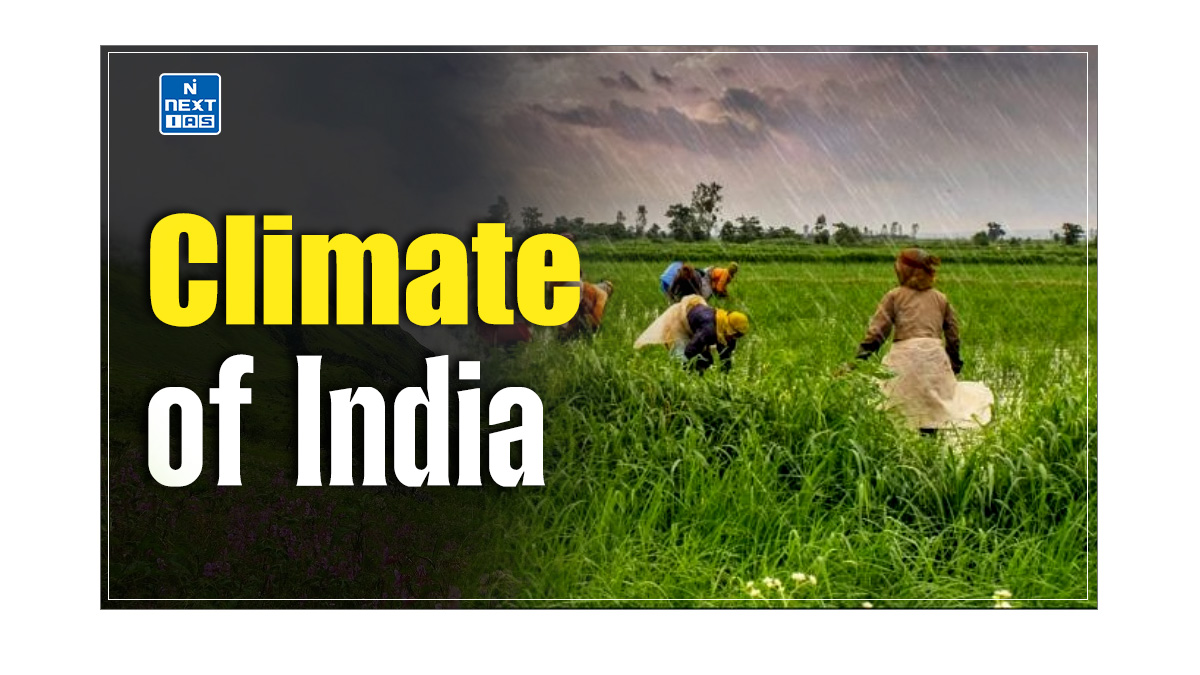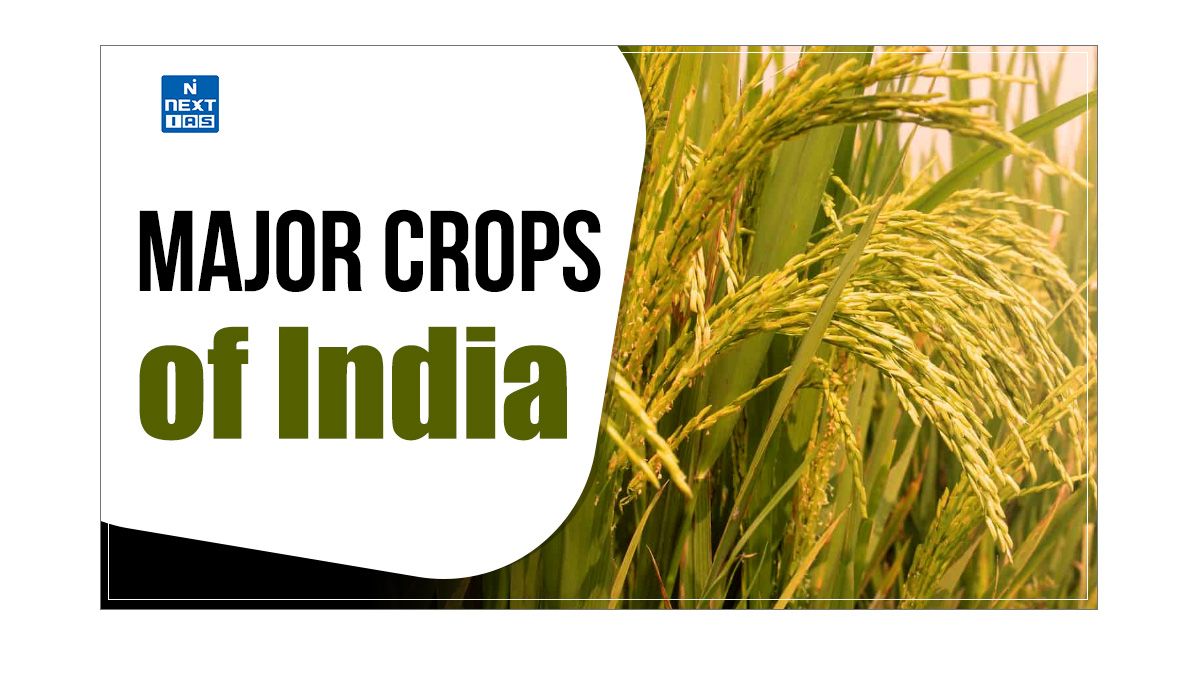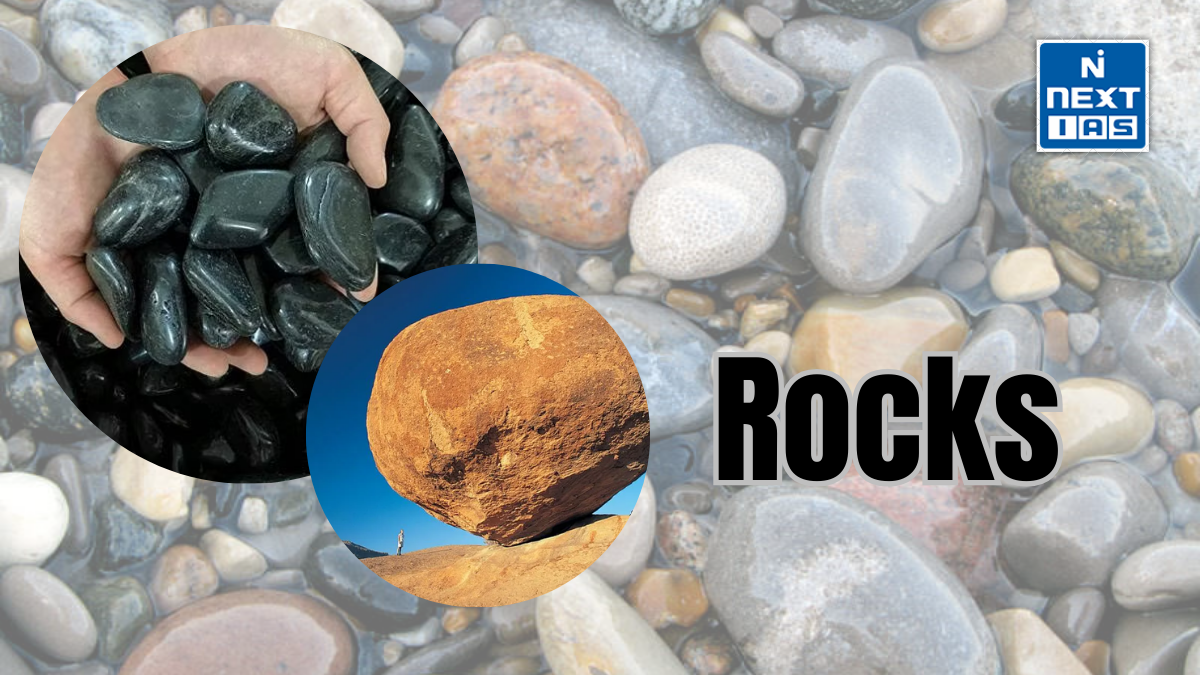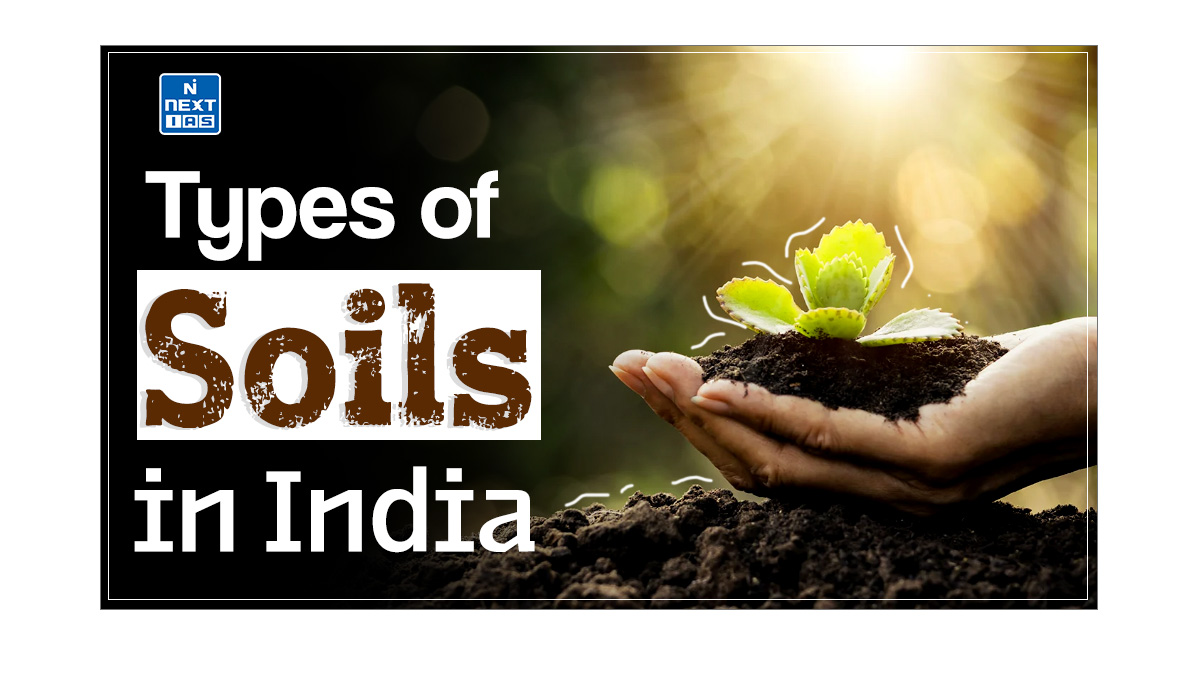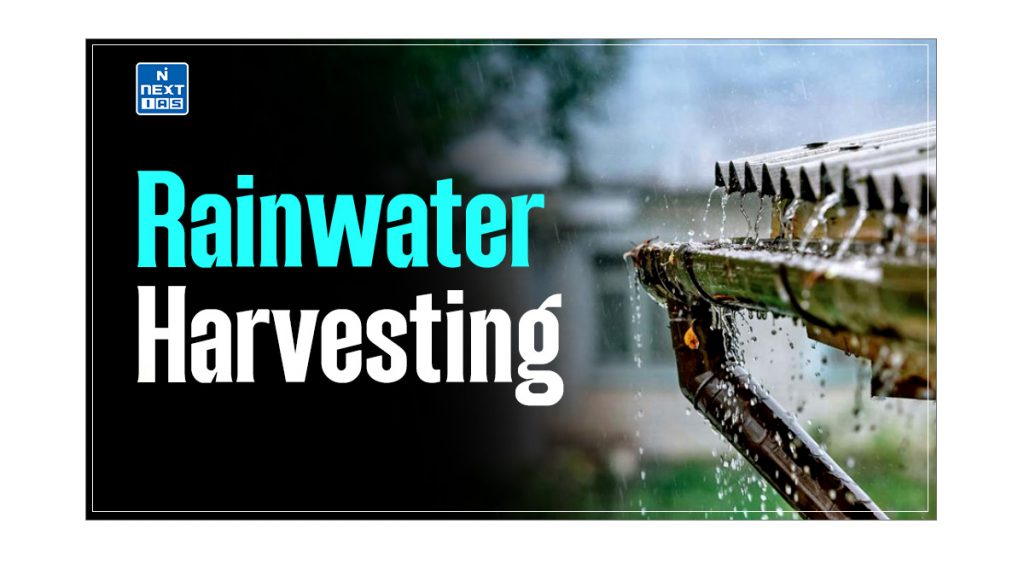
Rainwater Harvesting is an essential water management practice that involves collecting and storing rainwater using various methods and systems. The primary goal of rainwater harvesting is to reduce water scarcity, manage stormwater runoff, and ensure sustainable water resources for diverse needs. This article aims to study in detail the principles and practices of rainwater harvesting, exploring its significance, objectives, and various techniques used both in urban and rural areas.
What is Rainwater Harvesting?
- Rainwater Harvesting is a process involving the collection and storage of rainwater (with the help of an artificially designed system) that runs off natural or man-made catchment areas, e.g., rooftops, compounds, rock surfaces, hill slopes, or artificially repaired impervious/semi-pervious land surfaces.
- Rainwater harvesting involves capturing rainwater from surfaces like rooftops, storing it in tanks or cisterns, and then using it for drinking, irrigation, or other needs.
- This method of rainwater harvesting helps conserve water resources, reduce dependence on traditional water supplies, and manage stormwater runoff, which can help prevent flooding and soil erosion.
Objectives of Rainwater Harvesting
The objectives of rainwater harvesting are:
- Reduce Runoff – Minimize surface runoff and erosion by capturing and storing rainwater.
- Conserve Water Resources – Increase the availability of water by using harvested rainwater for various needs.
- Recharge Groundwater – Enhance groundwater levels by directing rainwater to recharge aquifers.
- Manage Stormwater – Control and manage stormwater runoff to prevent flooding and reduce soil erosion.
- Support Agriculture – Provide additional water resources for irrigation, especially in drought-prone areas.
- Decrease Dependency – Reduce reliance on traditional water supply systems, which can be overburdened or unreliable.
- Promote Sustainable Practices – Encourage sustainable water management practices and reduce environmental impact.
Types of Rainwater Harvesting
The types of Rainwater Harvesting include:
- Rooftop Rainwater Harvesting – Collecting rainwater from rooftops and storing it in tanks or directing it to recharge groundwater.
- Surface Runoff Harvesting – Capturing rainwater from surfaces like roads, gardens, and open fields and storing it in reservoirs, ponds, or other storage structures.
- Check Dams – Small, man-made dams constructed across streams or rivers to slow down water flow and increase groundwater recharge.
- Recharge Pits – Excavated pits filled with porous materials like gravel or sand, allowing rainwater to percolate into the groundwater table.
- Percolation Tanks – Large, shallow tanks designed to store runoff water, which slowly infiltrates the soil and recharges groundwater.
Methods of Rainwater Harvesting
The methods of rainwater harvesting are:
- Recharge Pits and Trenches – Excavated pits or trenches filled with gravel, sand, and rocks to allow water to percolate into the ground and recharge the aquifers.
- Percolation Tanks – Large, shallow depressions designed to store runoff water and allow it to gradually percolate into the soil, enhancing groundwater levels.
- Check Dams – Small dams built across streams or rivers to slow down water flow, allowing more water to seep into the ground and recharge the groundwater.
- Borewell and Dugwell Recharge – Directing rainwater into existing borewells or dug wells to recharge the groundwater through filtration systems.
- Contouring and Terracing – Techniques used in agricultural areas to slow down water runoff and encourage water infiltration into the soil, reducing soil erosion and increasing groundwater recharge.
Techniques Used in Rain Water Harvesting
Various techniques have been used in rainwater harvesting in rural and urban areas, which are as follows:
In Urban Areas
Roof Top Rainwater/Storm Runoff Harvesting through urban areas:
- Recharge Pit – A recharge pit allows the rainwater to replenish groundwater by recharging the underground aquifers. It can be built to recharge a borewell or just to help the water infiltration in an area.
- Recharge Trench – It is a trench excavated on the ground and refilled with porous media like pebbles, boulders, or brickbats to harvest the surface runoff.
- Tubewell – In areas where the shallow aquifers have dried up and existing tubewells are tapping deeper aquifers, rainwater harvesting through existing tubewells can be adopted to recharge the deeper aquifers.
In Rural Areas
Roof Top Rainwater/Storm Runoff Harvesting through in rural areas:
- Gully Plug – Gully plugs are built using local stones, clay, and bushes across small gullies and streams running downhill slopes.
- They help capture drainage and create tiny catchments during the rainy season.
- Contour Bund – Contour bunds are effective for conserving soil moisture in a watershed.
- They are constructed on sloping ground along the contour lines to impound monsoon runoff, intercepting water before it gains erosive velocity.
- They are suitable for low rainfall areas.
- Dugwell Recharge – After cleaning and de-silting, existing and abandoned dug wells can be used as recharge structures.
- Percolation Tank – A percolation tank is an artificially created surface water body that submerges highly permeable land, allowing surface runoff to percolate and recharge groundwater storage.
- It is best constructed on second—to third-order streams with highly fractured and weathered rocks.
- Check Dam/Cement Plug/Nala Bund – Check dams are built across small streams with gentle slopes.
- They store water mostly within the stream course and are usually less than 2 meters high, allowing excess water to flow over the wall.
- Recharge Shaft – This technique recharges unconfined aquifers overlain by poorly permeable strata.
- It helps recharge groundwater from village tanks during the rainy season while maintaining sufficient water in the tank for domestic use.
Importance of Rainwater Harvesting
The importance of implementing rain-water harvesting techniques is as follows:
- To Reduce Runoff Loss – More than 3/4th of the precipitation in India comes during four months (monsoon period). A significant part of this is lost in runoff and evaporation. Rainwater harvesting can control this.
- To Meet Rising Demand – Rapid urbanisation and industrial development demand a lot of water, so a severe water crunch can be solved by water harvesting.
- For Agriculture & Food Security – Modern hybrid crops & fertilisers depend on continuous irrigation water supply. More than 60% of the net sown area is unirrigated (rising cases of drought in the dry belt of India).
- Women’s Issues – In dry and hilly areas, women face hardships in fetching water. Rainwater harvesting can provide a decentralised source of water.
- To Reduce Soil Erosion and Flood Hazards – Collecting rainwater and reducing stormwater flow to prevent urban flooding.
- Rise in Groundwater Levels – The overall groundwater level increase occurs by successfully implementing water harvesting.
Rooftop Rainwater Harvesting
- Rooftop rainwater harvesting is a sustainable method of collecting and storing rainwater that falls on rooftops for later use.
- This simple technique involves channelling rainwater from rooftops through gutters and pipes into storage tanks or underground reservoirs.
- The collected water can be used for various purposes, such as gardening, washing, and even drinking after proper filtration.
- Rooftop rainwater harvesting is particularly beneficial in areas facing water scarcity, as it helps recharge groundwater levels, reduces dependency on municipal water supply, and minimises the impact of droughts.
- It is an eco-friendly practice that contributes to water conservation and sustainable living.
Rainwater Harvesting Project
- A rainwater harvesting project is designed to collect and store rainwater for various uses, including irrigation, drinking water, and replenishing groundwater levels.
- The project typically involves setting up systems to capture rainwater from rooftops or other surfaces, channelling it through gutters, and storing it in tanks or underground reservoirs.
- This sustainable practice helps mitigate water scarcity, reduces the burden on traditional water sources, and promotes environmental conservation.
- By implementing a rainwater harvesting project, communities can secure a reliable water supply, even in areas prone to droughts or water shortages.
Traditional Water Harvesting Methods in India
- Zing – Tanks for collecting water from melted ice in Ladakh.
- Kul – Water channels in mountain areas of Jammu, Himachal Pradesh.
- Naula – Small ponds in Uttarakhand.
- Apatani – Terraced plots connected by inlet and outlet channels in Arunachal Pradesh.
- Zabo/Ruza – Impounding runoff in Nagaland.
- Bamboo Drip Irrigation – Water from streams in the hills is brought to the plains via bamboo pipes for drip irrigation in Meghalaya.
- Dongs- Ponds in Assam.
- Dungs or Jampois – Small irrigation channels linking rice fields to streams in the Jalpaiguri district of West Bengal.
- Dighis – Small square or circular reservoirs fed by canals from rivers in Delhi.
- Baolis – Secular structured step-wells from which everyone could draw water and use it for washing and bathing.
- Ahar Pynes – These are traditional floodwater harvesting systems indigenous to South Bihar. They are reservoirs with embankments on three sides built at the end of diversion channels like pines.
- Baoris/Bers – Community wells in Rajasthan.
- Tankas – Underground tanks in Bikaner in Rajasthan.
- Kund – A circular underground well with a saucer-shaped catchment area that slopes towards the centre where the well is situated.
- Johads – Earthen check dams in Alwar district, Rajasthan.
- Eri – Tamil Nadu’s water conservation system makes tanks that act as flood-control systems, prevent soil erosion and runoff waste, and recharge groundwater.
- Surangams – A traditional water management system that provides a reliable water supply for human settlements and irrigation in Kerala and parts of Karnataka.
- Bhandara Phad: This is a community-managed irrigation system in Maharashtra. A Bhandara (check dam) was built across a river, from which calves (canals) branch out to carry water into the fields in the phad (agricultural block).
- Pat System – This is a traditional water harvesting system of Madhya Pradesh, where water is diverted from hill streams into irrigation channels by diversion bunds made of stones, teak leaves, and mud.
Conclusion
Rainwater harvesting is a versatile and effective solution to tackle water scarcity, manage stormwater runoff, and support sustainable water management. By implementing various techniques tailored to urban and rural contexts, communities can enhance groundwater recharge, improve agricultural productivity, and reduce dependence on traditional water sources. Traditional and modern rainwater harvesting methods reflect the ingenuity and adaptability required to address the pressing water needs of diverse regions in India. Embracing these practices not only helps in mitigating water-related challenges but also promotes environmental sustainability and community resilience.
Ancient Water Harvesting System
- Ancient water harvesting systems involved techniques such as cisterns, step-wells, and kunds to capture and store rainwater.
- These methods, found in various cultures, utilised local materials and landscapes to collect and preserve water for agricultural and domestic use, reflecting a deep understanding of hydrology and resource management.
Frequently Asked Questions (FAQs)
What is rainwater harvesting?
Rainwater harvesting is the process of collecting and storing rainwater from surfaces like rooftops or paved areas for later use, helping to conserve water and manage water resources more effectively.
What is the main purpose of rainwater harvesting?
The main purpose of rainwater harvesting is to collect and store rainwater for future use, reducing dependency on traditional water sources, conserving water, and recharging groundwater levels.
